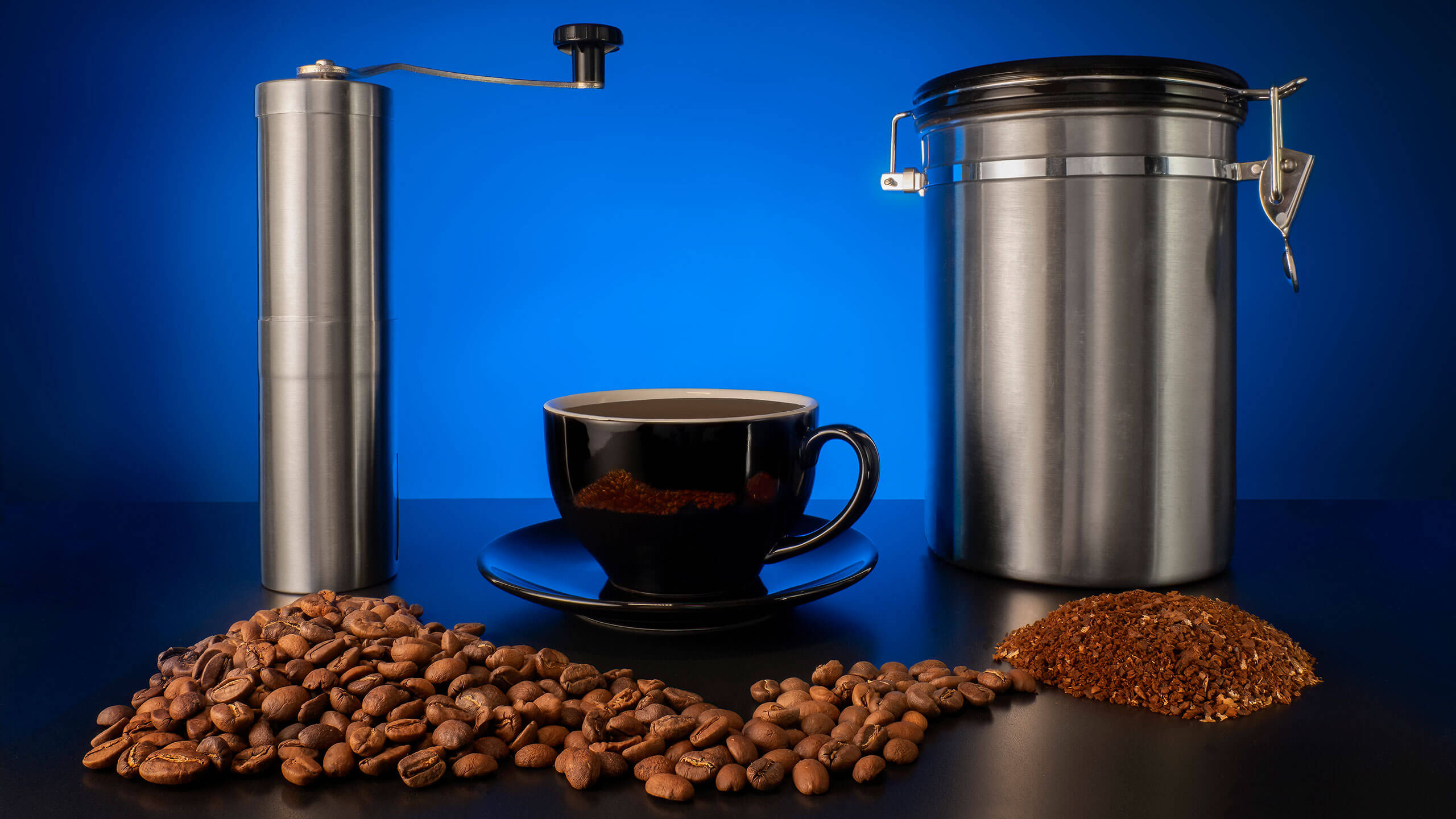
This will be part of a series on tabletop lighting. I was tasked by Larry Tiefenbrunn MD (AKA Doctor T) to produce before and after photos utilizing lighting techniques based on the Light — Science and Magic book by Fil Hunter and Paul Fuqua. Reviewing the book for this project was a great review of theory behind many things I do and pushed me to add more depth and dimension.
Disclosure
I am a Platypod Ambassador and was paid to create the images described in this series and was supplied with Platypod gear with which to work. That said, the gear used makes tabletop photography much easier. I am able to work without tripping over tripods and light stands. The ability to maneuver lights and reflector tools close to my subjects is key. I think of the Platypod gear as “Tinker Toys” for photographers. You can mix and match many pieces to get lights and reflectors exactly where you want them.
Light — Science and Magic
If you are looking to increase your lighting knowledge and skills I recommend either borrowing this book from your local library or adding it to your bookshelf. This was one of the first books I used to learn about product lighting when I was starting my commercial career. When Larry asked me to work on this project, I reached for the book on my shelf. Low and behold, I remembered I lent it out. Can’t remember who got the windfall but I hope they are putting it to good use! I got my hands on another copy and was glad for the review.
Assignment
Larry asked me to work with multiple subjects and the only instructions were: Metal, wood, glass and plastic. That’s a wide open field of possible subjects. I scoured the house for some pieces and went to the local second hand store for others. While making my morning brew I thought, “Hmmm, look at this coffee gear!” and my first subject was selected: Metal.

Technique
One secret to adding shape and form to circular metal objects is a large light source. One way to make a light source large is to add a diffusion material and light it fully from behind. I used a Westcott 20 inch circular panel (Ended up using a second panel for smoother diffusion). It’s relatively small but becomes large in relation to the subject due to how close it is. The diffusion panel was held in place with a Platypod eXtreme base, Handle, Elbow and Mini-Super Clamp.

More gear and uses
A second eXtreme held the Zhiyun Molus 100 Bi-color COB Mono light on a Platypod Elbow. In addition, three Platypod Handles and a Platyball Traveler ball head allowed me to position a Falcon Eyes Pocketlite F7 RGB light panel. If this panel wasn’t used, the coffee beans would would not be rendered properly.

The other side of the set shows a different way to get a large light source. A large piece of white foam core was lit by another F7 RGB light. Because of this lighting is softer than the direct light provided by the diffusion panel. We still get the lighting shape on the metal but it has less intensity giving the metal pieces more form than if they were equally lit .
More techniques to come with different subjects.
Yours in Creative Photographers,
Bob


